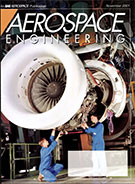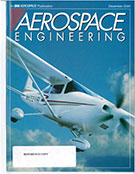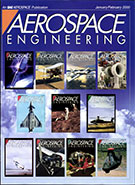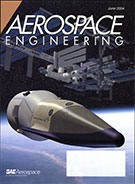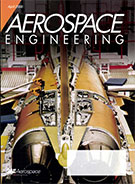Magazine

Aerospace Engineering 2000-11-01
2000-11-01
Quality in the integrated product team In the early phases of product development, quality must be engineered and managed into the product. Advancing icing detection Engineers are working to develop a capability to detect icing conditions ahead of aircraft using onboard and ground-based remote sensing systems. Testing times Methods for testing aircraft engines have changed dramatically over the years for Rolls-Royce- almost as much as the engines themselves. This is the last installment of a three-part series on aircraft engine testing.
